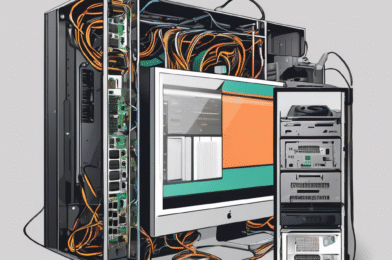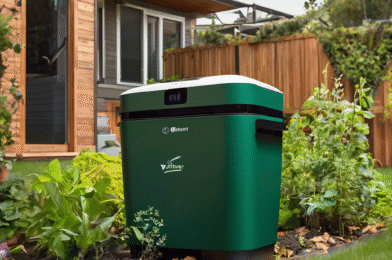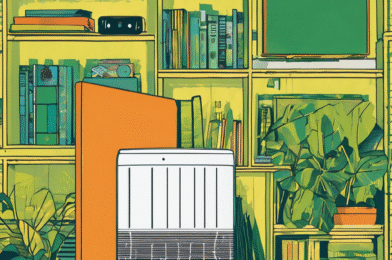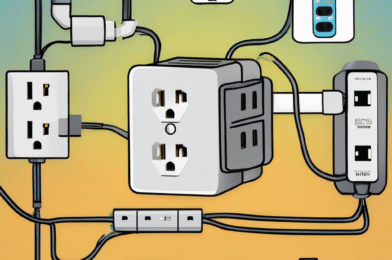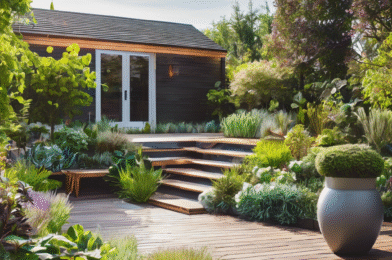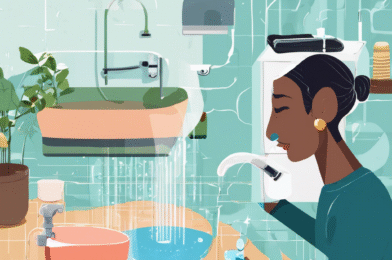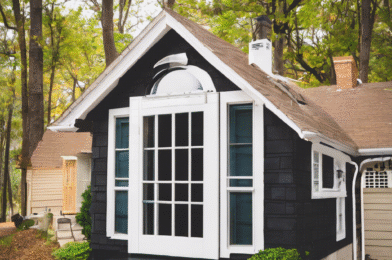These days, it’s common to see people flocking to electronics stores or scrolling online shopping sites for the latest tech releases. But amidst environmental concerns, many are also seeking sustainable alternatives to buying new devices. Two popular options have emerged: recycled and refurbished tech.
Both have their benefits, but what’s the real difference between them and which one is the greener choice? Let’s take a closer look.
Recycled tech usually refers to the process of harvesting usable parts from older devices to create something new. Think of it like a tech salad bar: taking various working components and assembling them into a functional device. This often extends the lifespan of these parts, reducing the need for new production.
On the other hand, refurbished devices are individually inspected, tested, and restored to manufacturer specifications by the original tech brands or third-party companies. These devices are typically ones that have been returned by customers, often due to minor issues or change of mind. Refurbished products are essentially pre-owned, but like new.
Refurbished tech has the appeal of being a more budget-friendly option. Companies like Apple have embraced the practice, offering certified refurbished devices with a warranty, giving them an air of reliability. But how do they fare in terms of sustainability?
The environmental impact of tech production is undeniable. The global appetite for the latest gadgets fuels a relentless manufacturing process, contributing to carbon emissions and e-waste. Recycled and refurbished options disrupt this cycle to some extent, but there are nuances to each.
Harvesting parts from multiple devices to create recycled tech often results in a patchwork of components. While this extends their use, it can also mean these devices may not perform as seamlessly as their brand-new counterparts. Refurbished tech, however, maintains the integrity of the original design, ensuring a more uniform performance.
When it comes to sustainability, recycled tech has the edge in reducing e-waste, as it gives old parts new life. But the varied sources of these parts can also present challenges in terms of quality control and performance consistency. Meanwhile, refurbished devices offer a more reliable option, particularly with certified programs, but they may not directly contribute to e-waste reduction to the same degree.
So, what’s the better choice? The answer lies in a nuanced balance of environmental and practical considerations. Each has its strengths, and the greener option depends on the context. For tech companies, investing in refurbished programs could offer a more scalable and reliable solution, especially with the right warranties and support. But for consumers looking for an affordable, sustainable upgrade, recycled devices could be a daring yet rewarding choice.
As environmental awareness grows, so too does the responsibility of tech companies to embrace sustainable practices. Perhaps the ideal future will see a marriage of these two approaches. Until then, knowing the differences between recycled and refurbished tech can help us make more informed decisions.
In an era of ever-evolving technology, staying informed about these sustainable avenues is crucial. The next time you consider upgrading your tech, remember that recycled and refurbished options are viable alternatives, each with their own unique eco-friendly benefits.
The discussion around sustainability in the tech sphere is an ongoing one, and articles like this aim to shed light on the everyday choices we can make to lessen our environmental impact.
